Scientists are seeking to decipher the role of non-coding DNA in the human genome, helped by a suite of artificial-intelligence tools.
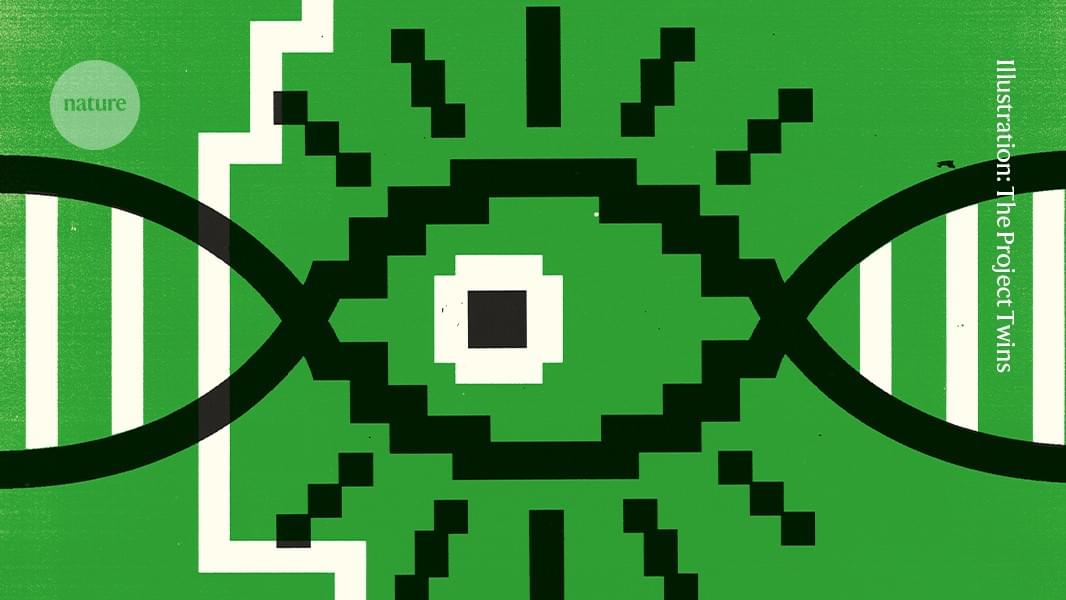

Anybody got a spare $130 million?
Dr. Bill Andrews, a trailblazing scientist, is on a mission to cure aging. From a childhood dream sparked at age 10 to his pioneering telomerase research, he reveals how Sierra Sciences could reverse aging in just three years with $130 million in funding. Yet, investor demands for quick returns stand in his way.
He believes that a Biotech Freedom Zone through Immortalis—a revolutionary approach to bypass funding and regulatory hurdles—is the catalyst to transform longevity research, making health affordable and aging a thing of the past.
Join the community behind the first ever Biotech Freedom City:
https://joinimmortalis.com
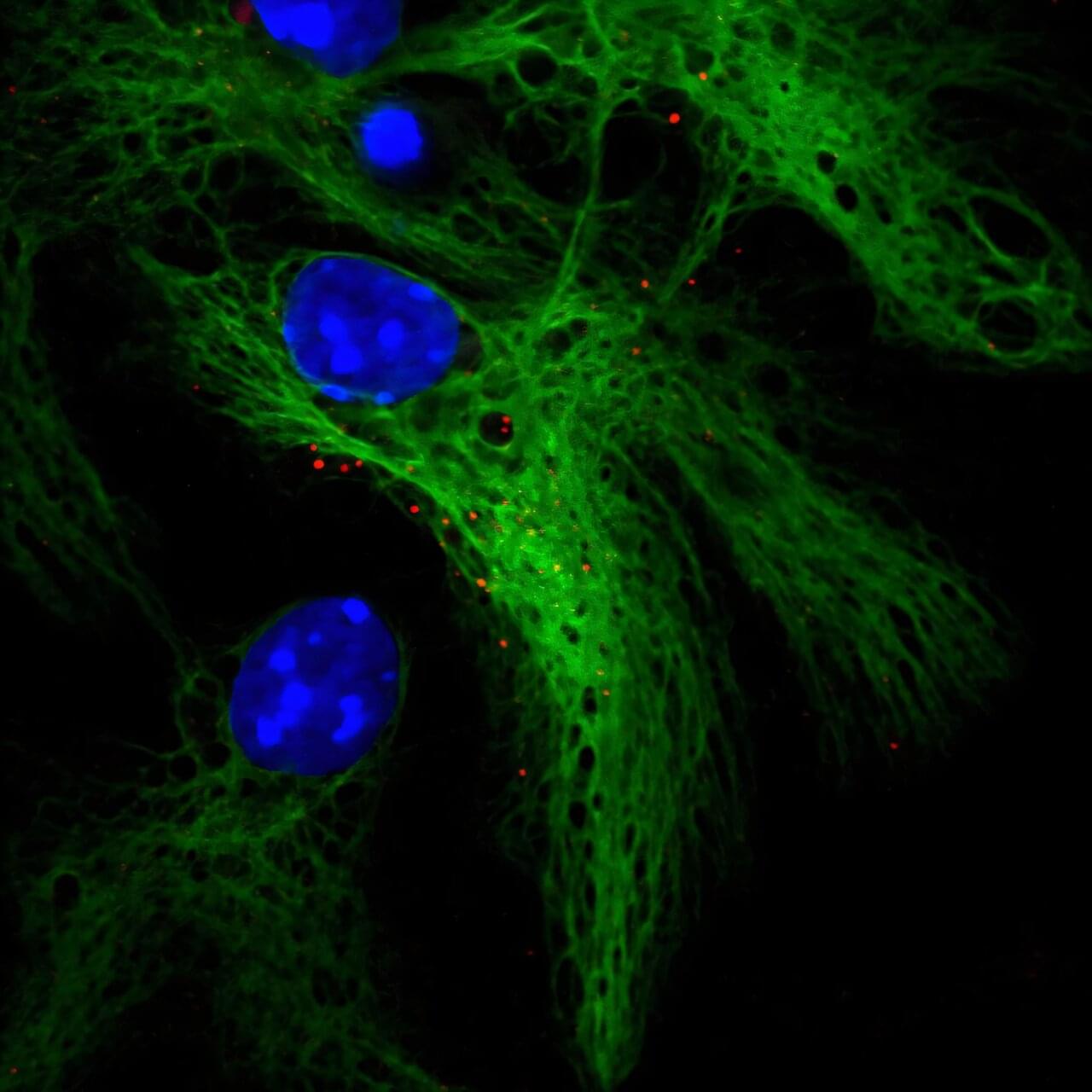
For much of the 20th century it was thought that the adult brain was incapable of regeneration. This view has since shifted dramatically and neurogenesis—the birth of new neurons—is now a widely accepted phenomenon in the adult brain, offering promising avenues for treating many neurological conditions.
One of the main challenges in the field has been identifying neural stem and progenitor cells (NPCs) responsible for generating these new neurons. NPCs are rare, diverse and difficult to isolate from other brain cells due to overlapping molecular signatures. As a result, understanding their biology—and particularly their role in human brain disorders—has remained elusive.
In a study published in Stem Cell Reports, a team led by researchers at Baylor College of Medicine and the Jan and Dan Duncan Neurological Research Institute (Duncan NRI) at Texas Children’s Hospital reveals specific genes that define NPCs.
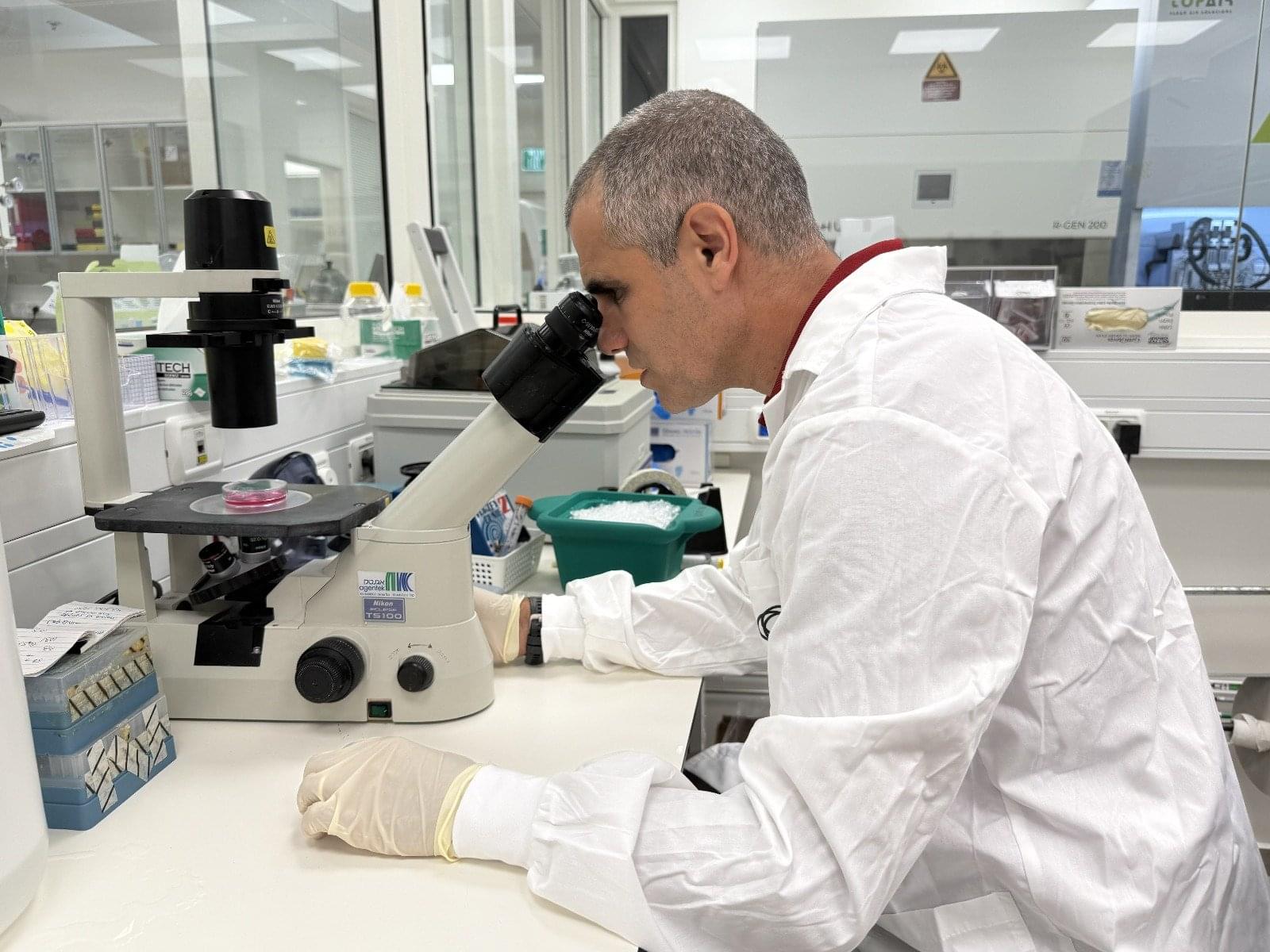
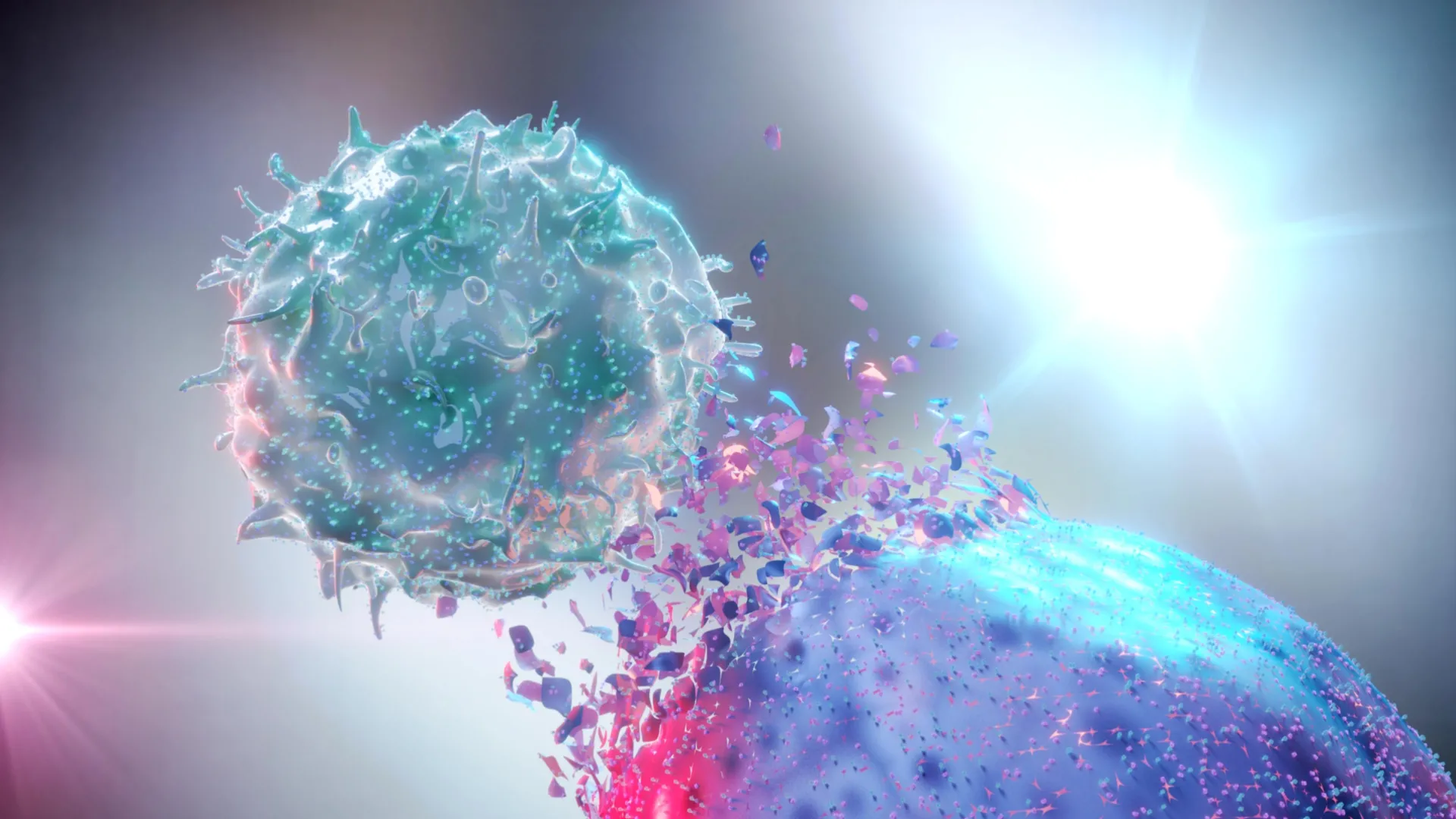
Scientists have uncovered a hidden weakness in one of the deadliest childhood cancers. The tumors, which spread quickly and are notoriously hard to treat, rely on a sugar-processing pathway to survive and grow. By blocking this pathway, researchers were able to slow down the cancer and make it more vulnerable to treatment. This breakthrough opens the door to new therapies for children and young adults facing a disease with very few options today.
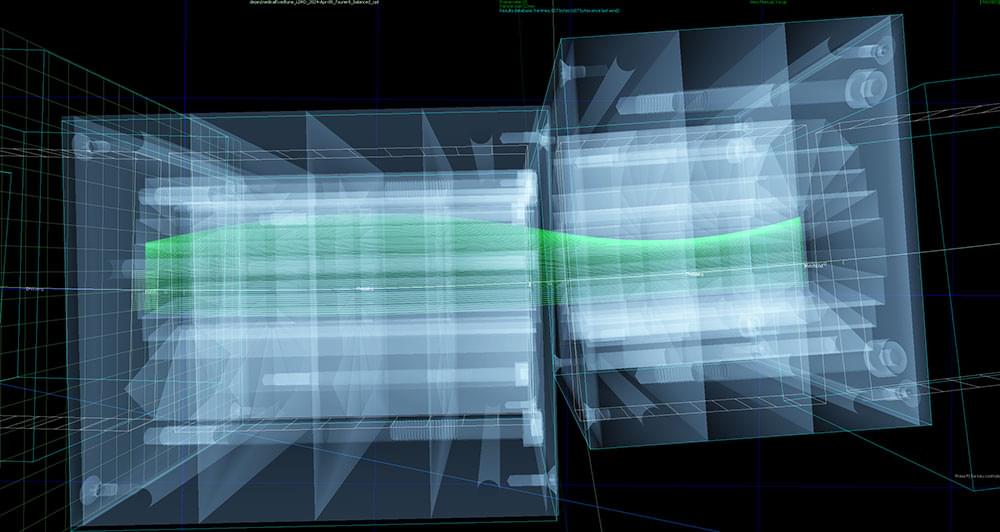
The slot-shaped aperture in the curved chain of magnets accommodates beams at different energies — a feature that would allow rapid switching among energies for more effective cancer treatment. This image shows a beam of light shining through the array with Mechanical Support Group staff in the background. (Kevin Coughlin/Brookhaven National Laboratory)
When the magnets arrived at Brookhaven, Katie Chen, a mechanical engineer, produced an architectural model of the assembly that Rob Karl, Adrian Timon, Travis Herbst, and Edward Dabrowski from the Mechanical Support Group used to properly align the magnets and bolt them to a supporting steel plate. To test that the magnets would accommodate the planned beam trajectories, the team transported the assembled array to the NASA Space Radiation Laboratory (NSRL), a facility that draws particles from the collider-accelerator complex supplying beams to Brookhaven Lab’s nuclear physics research facilities.
“This team tirelessly dedicated their time and expertise to completing the assembly and worked with exceptional dedication throughout Father’s Day weekend to help with these tests,” Mahler said.
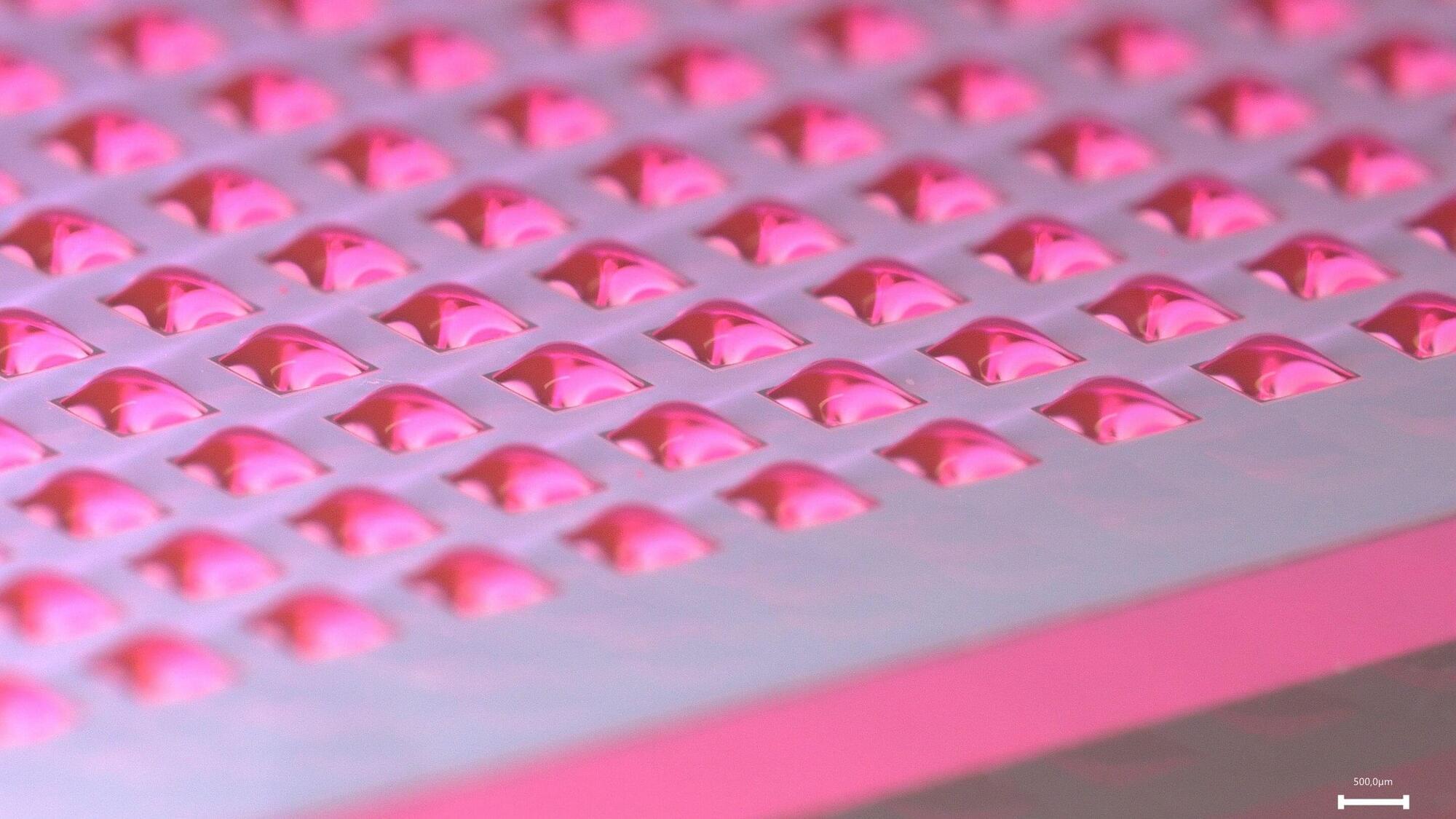
Until now, the early phase of drug discovery for the development of new therapeutics has been both cost- and time-intensive. Researchers at KIT (Karlsruhe Institute of Technology) have now developed a platform on which extremely miniaturized nanodroplets with a volume of only 200 nanoliters per droplet—comparable to a grain of sand—and containing only 300 cells per test can be arranged.
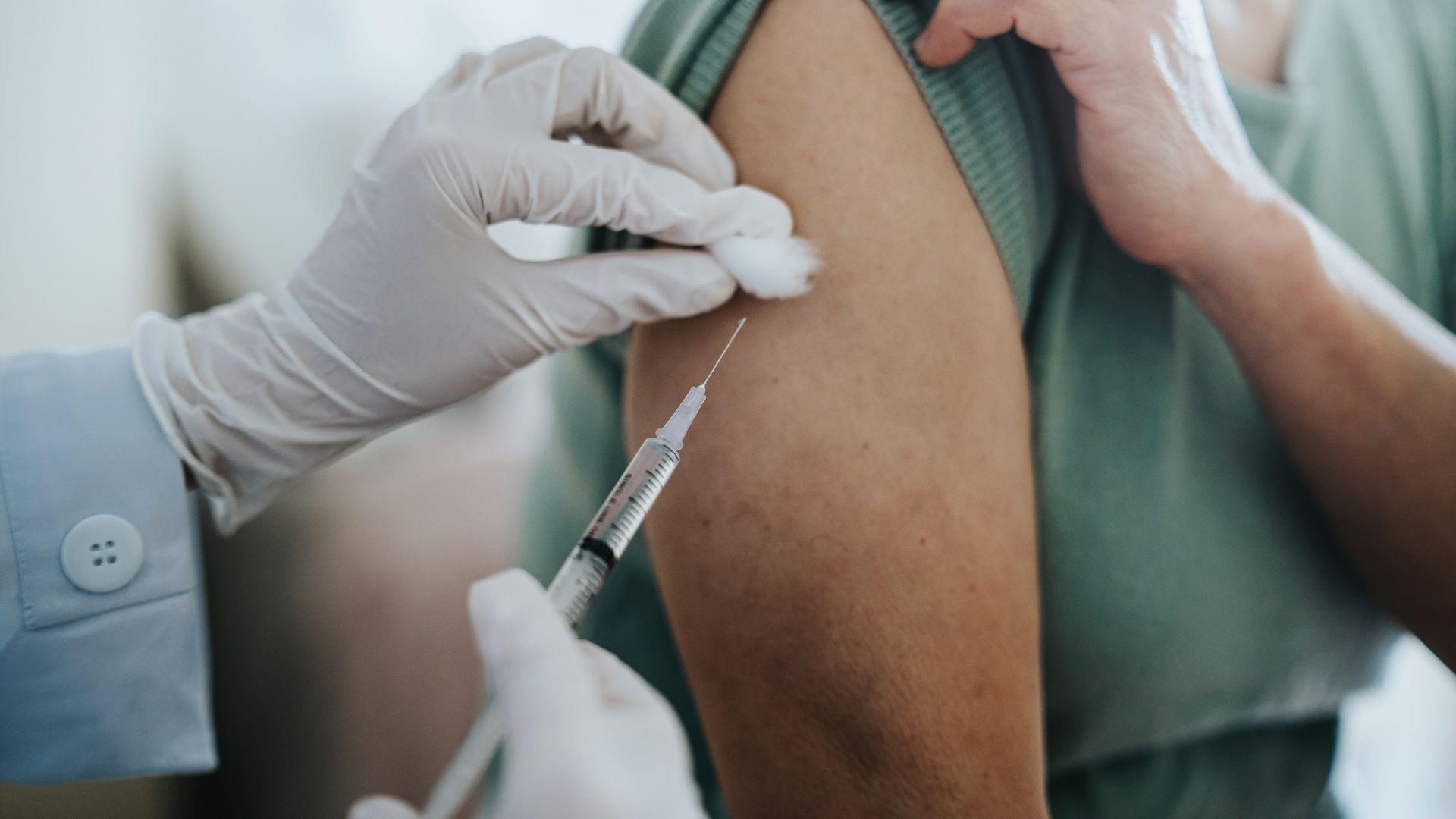
New delivery method lets cancer patients skip IVs, self-inject protein drugs at home.
Patients with cancer, autoimmune diseases, and metabolic disorders often endure hours-long intravenous infusions.
These treatments involve protein-based drugs, which must be given in high doses but remain stable only at low concentrations. Until now, IV infusions were the only option.
A Stanford research team has developed a delivery platform that changes this. The method allows protein drugs to be concentrated at far higher levels without losing stability.
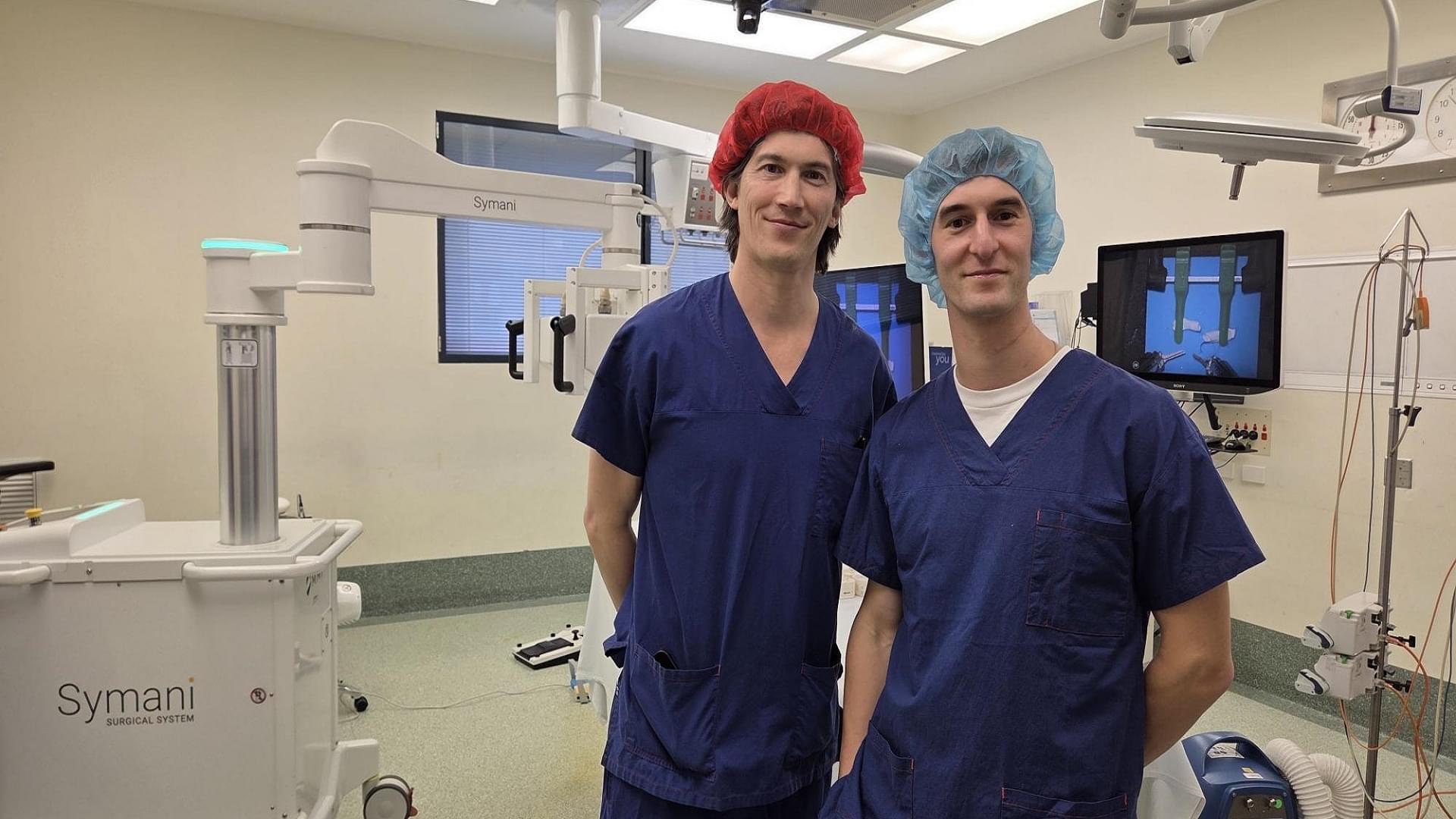
Scientists in the US discovered that zinc-ion batteries could potentially replace lithium-ion ones as fast charging makes them stronger instead of wearing them down.
Led by Hailong Chen, PhD, an associate professor in the George W. Woodruff School of Mechanical Engineering at Georgia Tech, the research overturned the long-standing assumption that fast charging is risky.
Instead, the findings revealed that charging zinc-ion batteries at higher currents can extend their lifespan and potentially revolutionize how energy is delivered to homes, hospitals, and the grid.